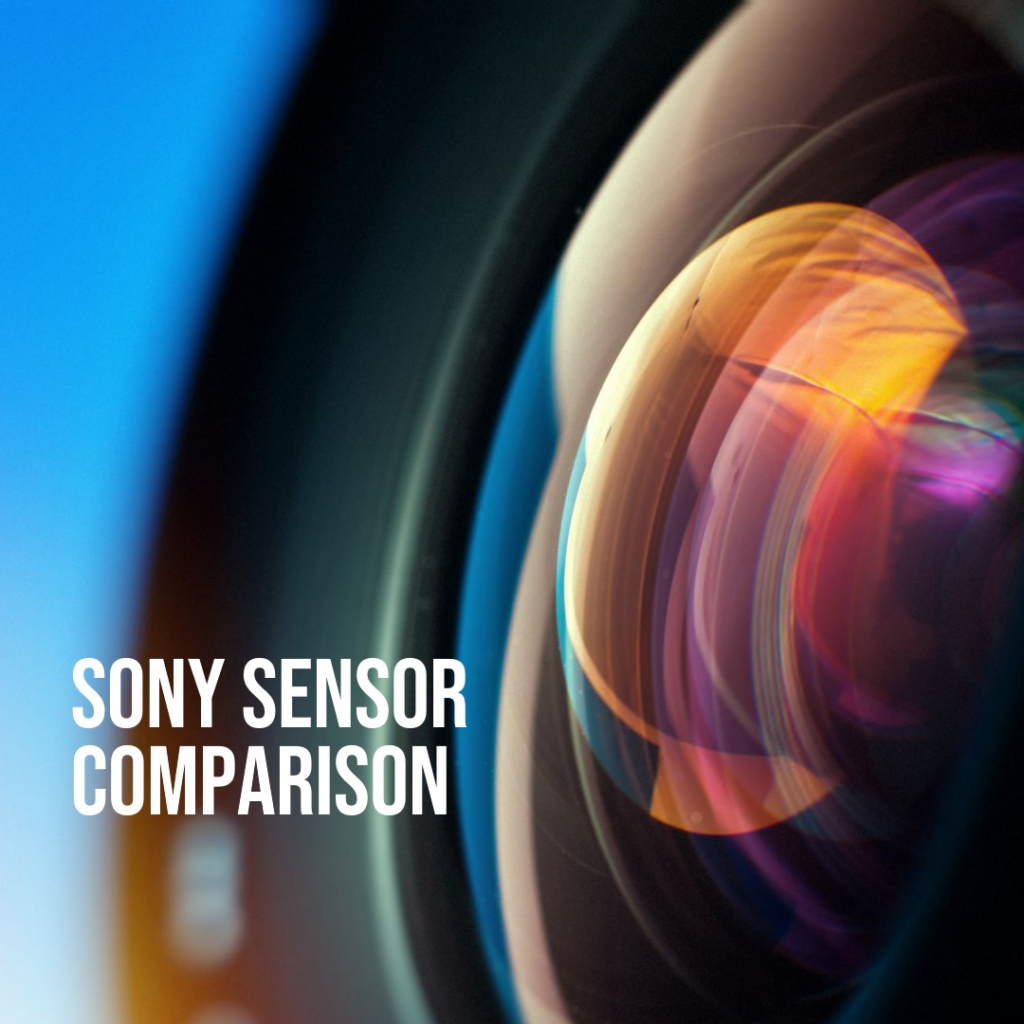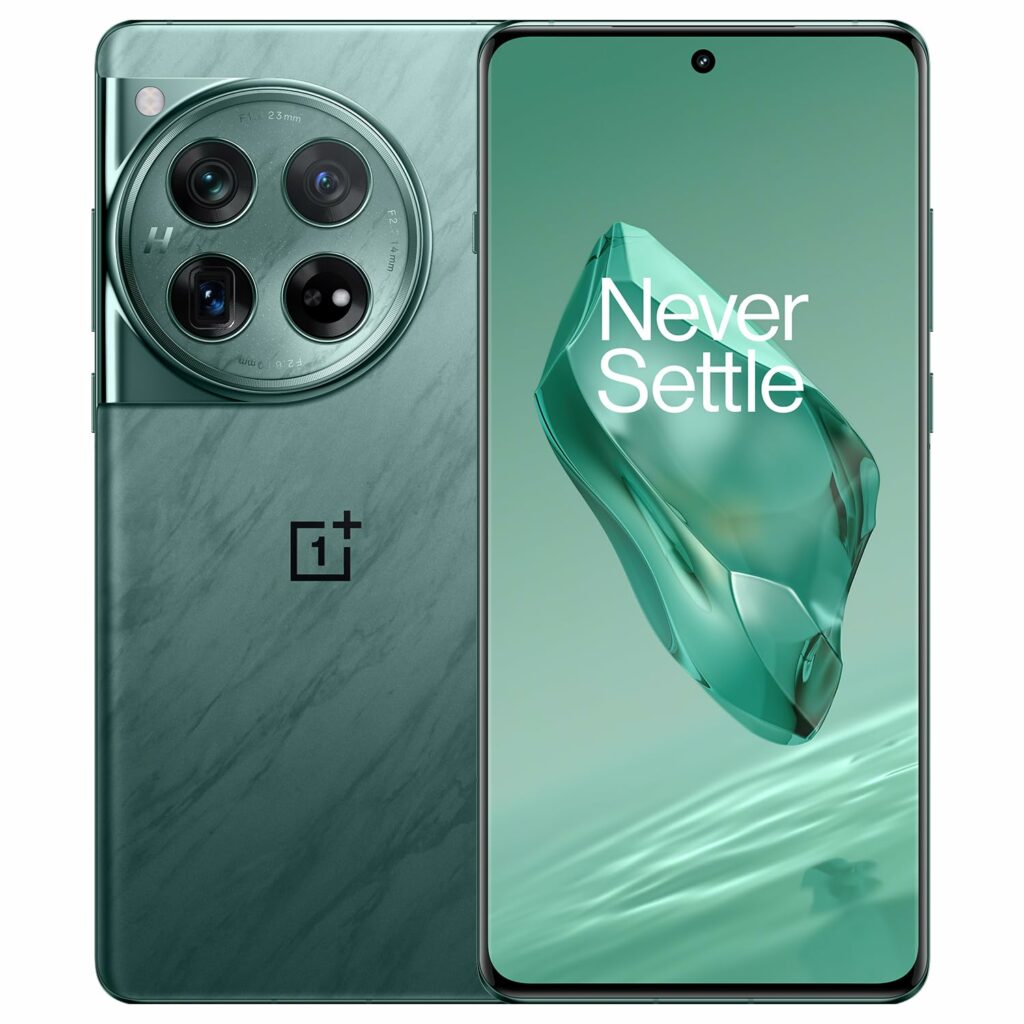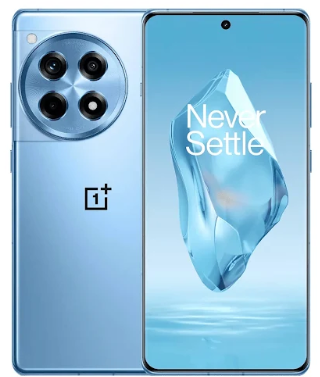As the realm of robotics, autonomous vehicles, and immersive technologies rapidly evolves, accurate depth perception becomes crucial.
LiDAR (Light Detection and Ranging) sensors play a pivotal role in this pursuit, emitting pulsed light and measuring its reflection time to create detailed 3D representations of their surroundings.
This blog post delves into the technical intricacies of three prominent Sony LiDAR offerings: the LYT-T808, LYT-900, and IMX890, offering a comparative analysis through a scientific lens.

Comparing LYT-T808 vs LYT-900 vs IMX890 – Sony Sensors
Dissecting the Technological Core:
All three sensors employ the Time-of-Flight (ToF) principle, where the time difference between emitted and reflected light determines the distance to an object. However, they diverge in their implementation details:
- LYT-T808: Utilizes a flash LiDAR approach, emitting short, high-intensity light pulses for extended range (0.3 – 80m) and offering high accuracy. This comes at the expense of slightly higher power consumption (5W).
- LYT-900: Leverages a continuous-wave modulation technique, enabling lower power consumption (3.5W) while maintaining extended range (0.3 – 120m) and boasting a wider horizontal field of view (90°).
- IMX890: Just like the others in the Pack, it comes with an impressive 50mp resolution and achieves a blistering 280 FPS frame rate, ideal for capturing high-speed dynamic environments. However, its range (0.3 – 150m) and horizontal field of view (60°) are more moderate.
Resolution & Field of View: Balancing Granularity and Coverage:
Resolution directly impacts the level of detail captured, crucial for applications like object recognition and manipulation. The IMX890 reigns supreme with its high resolution, while the LYT-T808 prioritizes accuracy over granularity. Field of view plays a vital role in environmental awareness – the LYT-900 excels in this regard, while the IMX890 focuses on a narrower, high-fidelity region.
Beyond the Basics:
This analysis wouldn’t be complete without considering additional critical factors:
- Power Consumption: The LYT-900 offers the most power-efficient option, while the LYT-T808 demands slightly more power. The IMX890 sits in the middle, needing careful consideration in battery-powered applications.
- Package Size: Miniaturization is key for integration into compact devices. The IMX890 boasts the smallest footprint, while the LYT-T808 offers a good balance between size and performance.
- Applications: Each sensor shines in specific use cases. The LYT-T808 excels in robotics and drones, the LYT-900 shines in autonomous vehicles and mapping, and the IMX890 caters to AR/VR and high-speed object detection. We will definitely see these on smartphones as well.
Choosing the Right Tool for the Job:
The optimal sensor selection hinges on your specific application’s requirements. Consider the trade-offs between range, resolution, field of view, power consumption, size, and cost.
Understanding the underlying technical principles empowers you to make informed decisions, propelling your project towards success in the ever-evolving realm of depth perception.


